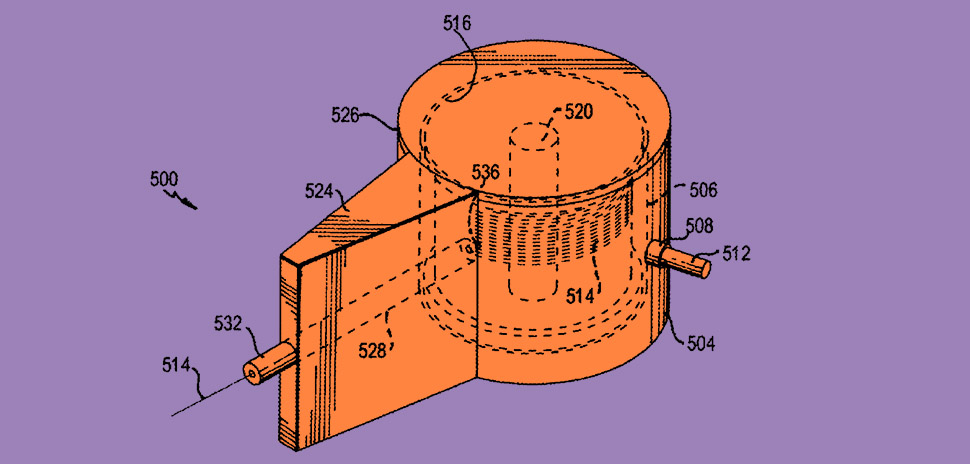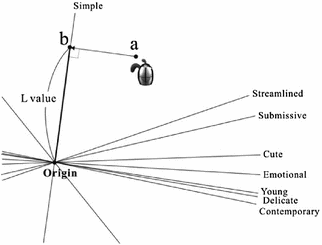


- #Avid elastic reality help corisponding points series#
- #Avid elastic reality help corisponding points tv#
#Avid elastic reality help corisponding points series#
It comprised a series of black and white close-up shots of faces of many different people that gradually faded from one to the next. This style of morphing was perhaps most famously employed in the video that former 10cc members Kevin Godley and Lol Creme (performing as Godley & Creme) produced in 1985 for their song Cry. Later, more sophisticated cross-fading techniques were employed that vignetted different parts of one image to the other gradually instead of transitioning the entire image at once. the algorithm of Beier and Neely can be used. To compute the transformation of image coordinates required for the distortion, e.g. The computer would then distort the first face to have the shape of the second face at the same time that it faded the two faces. For example, one would morph one face into another by marking key points on the first face, such as the contour of the nose or location of an eye, and mark where these same points existed on the second face. These involved distorting one image at the same time that it faded into another through marking corresponding points and vectors on the “before” and “after” images used in the morph. In the early 1990s computer techniques that often produced more convincing results began to be widely used. Computer-animated morphing was used in the 1974 Canadian animation Hunger.
#Avid elastic reality help corisponding points tv#
In Taiwan, Aderans, a hair loss solutions provider, did a TV commercial featuring a morphing sequence in which people with lush, thick hair morph into one another, reminiscent of the end sequence of the Black or White video. The first social network designed for user-generated morph examples to be posted online was Galleries by Morpheus (morphing software). The effect is technically called a “spatially warped cross-dissolve”. The technology behind Elastic Reality earned two Academy Awards in 1996 for Scientific and Technical Achievement going to Garth Dickie and Perry Kivolowitz. At VisionArt Ted Fay used Elastic Reality to morph Odo for Star Trek: Deep Space Nine.Įlastic Reality was later purchased by Avid, having already become the de facto system of choice, used in many hundreds of films. For high-end use, Elastic Reality (based on MorphPlus) saw its first feature film use in In The Line of Fire (1993) and was used in Quantum Leap (work performed by the Post Group). Other programs became widely available within a year, and for a time the effect became common to the point of cliché.


 0 kommentar(er)
0 kommentar(er)
